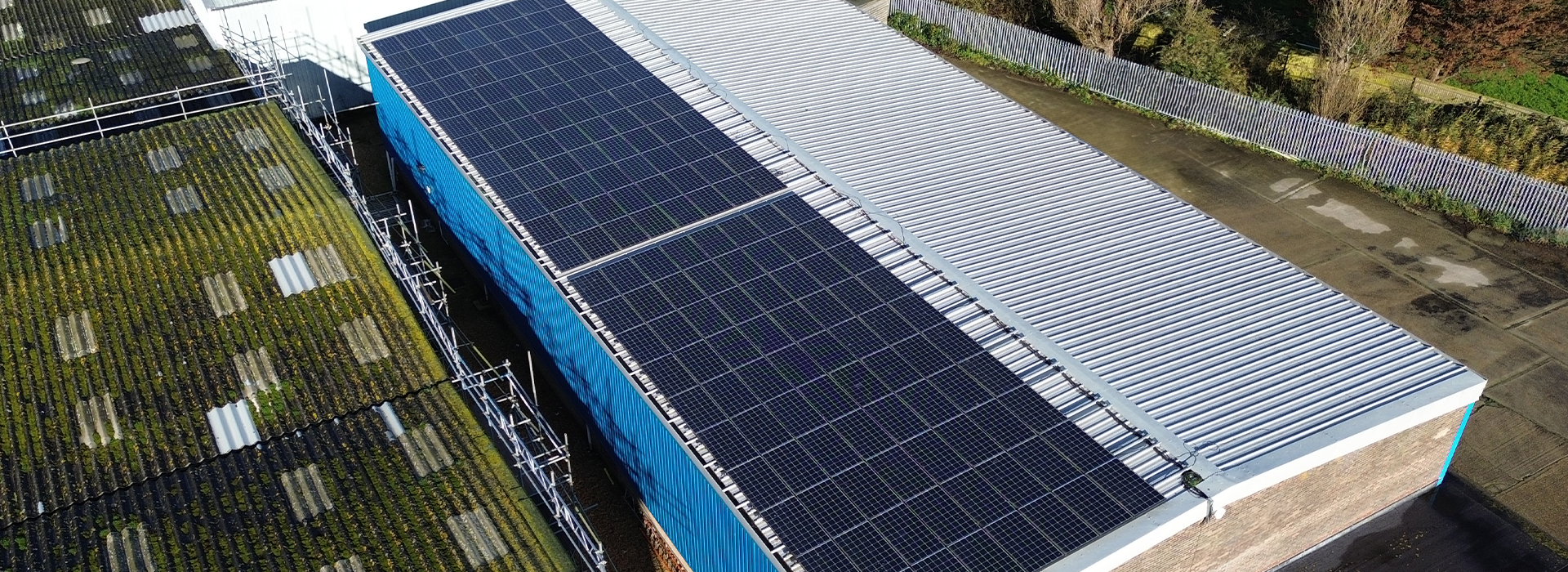Falls are one of the leading causes of workplace injuries in the UK, particularly in industries such as construction, manufacturing, and maintenance. According to the Health and Safety Executive (HSE), falls from height remain a significant concern, with numerous incidents reported annually. These accidents not only result in personal suffering but also pose substantial financial costs to businesses.
Understanding common fall protection mistakes and how to avoid them is essential for ensuring workplace safety. Engaging professional help is often the most effective way to mitigate these risks.
Inadequate Risk Assessment
Mistake: One of the most common errors in fall protection is the failure to conduct a thorough risk assessment before starting work at height. Many organisations overlook specific hazards or underestimate the risks involved, leading to insufficient safety measures.
Solution: Engage qualified professionals to perform comprehensive risk assessments. They have the expertise to identify all potential hazards, including those that might not be immediately obvious. A detailed risk assessment will guide the selection of appropriate fall protection systems and procedures.
Improper Use of Fall Protection Equipment
Mistake: Even with the right equipment available, improper use can nullify its effectiveness. This includes not wearing harnesses correctly, using incompatible components, or failing to secure anchor points properly.
Solution: Regular training and supervision are crucial. Professional safety trainers can ensure that workers are not only aware of how to use fall protection equipment but also understand the importance of adhering to best practices. Additionally, consider scheduling periodic refresher courses to keep skills and knowledge up to date.
Neglecting Equipment Inspections and Maintenance
Mistake: Fall protection equipment is subject to wear and tear, especially in harsh working environments. Neglecting regular inspections and maintenance can lead to equipment failure at critical moments.
Solution: Establish a routine inspection and maintenance schedule, overseen by professionals who can identify signs of wear that may not be apparent to untrained eyes. Professionals can also recommend when equipment should be replaced rather than repaired, ensuring that safety is never compromised.
Overlooking Rescue Plans
Mistake: Failing to plan for a fall rescue is a critical oversight. In the event of a fall, a swift and effective rescue is essential to prevent further injury or fatalities. Many companies either don’t have a rescue plan in place or have one that is impractical or outdated.
Solution: Collaborate with fall protection experts to develop a practical and effective rescue plan. Regular drills should be conducted to ensure that all workers are familiar with the procedures and can act quickly in an emergency.
Relying on Inadequate Guardrails and Barriers
Mistake: While guardrails and barriers are common fall protection measures, relying on substandard or incorrectly installed ones can be a serious mistake. Improperly spaced or insecurely fixed barriers may give a false sense of security.
Solution: Ensure that all guardrails and barriers meet UK standards and are installed by professionals. Regular inspections by a qualified safety professional can confirm that these systems remain secure and effective over time.
Ignoring the Importance of Supervision
Mistake: Even with the best equipment and training, a lack of proper supervision can lead to unsafe practices. Workers may take shortcuts, overlook safety procedures, or fail to report hazards if supervision is lax.
Solution: Appoint trained supervisors who can monitor work at height and enforce safety protocols. Professional supervision ensures that workers remain vigilant and that any unsafe behaviours are promptly addressed.
Failure to Stay Updated on Regulations
Mistake: The UK’s fall protection regulations are continually evolving. Companies that fail to stay updated on these changes risk non-compliance, which can result in fines and increased liability in the event of an accident.
Solution: Engage with professional consultants who specialise in health and safety regulations. They can keep your organisation informed of any changes to UK legislation and ensure that your fall protection strategies remain compliant.
Conclusion
Employing professionals for fall protection planning and execution is not just a recommendation—it’s a necessity. Professionals bring a depth of knowledge and experience that is crucial for identifying hazards, selecting appropriate safety measures, and ensuring that all equipment and procedures comply with UK regulations.
By integrating professional expertise into your fall protection strategy, you can avoid common mistakes that lead to accidents and ensure that your workplace remains a safe environment for all employees. Whether it’s conducting risk assessments, providing training, or maintaining equipment, the investment in professional services is an investment in the safety and well-being of your workforce.



